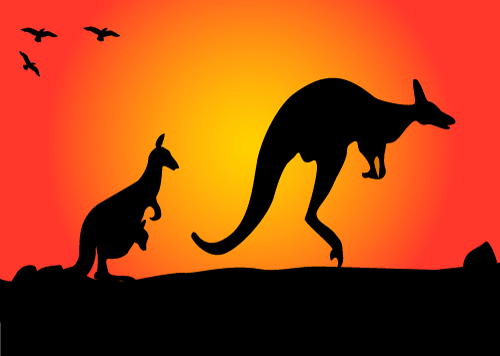An initial look at the Australian electricity grid data
 An Energy Matters contributor recently started to record electricity grid generation data from a published Australian source, giving us the opportunity to begin evaluating the performance of the Australian grid. This post reviews the limited amount of data (19.5 days) presently available. The reviews show that over this period fossil fuels supplied Australia with 82% of its electricity and renewables 18%, but that there were very large differences between generation mixes in different states. They further suggest that gas-fired plants may already having difficulty balancing erratic wind generation against demand in South Australia and that, like Europe, the wind in Australia is not always blowing somewhere. Updates will follow as additional data become available.
An Energy Matters contributor recently started to record electricity grid generation data from a published Australian source, giving us the opportunity to begin evaluating the performance of the Australian grid. This post reviews the limited amount of data (19.5 days) presently available. The reviews show that over this period fossil fuels supplied Australia with 82% of its electricity and renewables 18%, but that there were very large differences between generation mixes in different states. They further suggest that gas-fired plants may already having difficulty balancing erratic wind generation against demand in South Australia and that, like Europe, the wind in Australia is not always blowing somewhere. Updates will follow as additional data become available.
The map below shows the location of Australia’s electricity transmission lines. Queensland, New South Wales, Victoria, Tasmania (via the undersea Basslink) and South Australia are interconnected and make up the National Electricity Market (NEM). Western Australia is an electricity “island”. No data are available for Northern Territory.
The grid data supplied are at five-minute intervals. They contain generation segregated by state and source but do not include demand. They run from Thursday 27 Jul at 19:30 through Wednesday 16 Aug at 07:45 (NEM Time), a total of 19.5 days.
National and state-by-state generation data:
Figure 2, which plots total generation by fuel type for all of Australia, shows that 81.7% of Australia’s generation over the 19.5-day period came from fossil fuels (53.5% black coal, 16.1% brown coal, 12.1% gas), 17.9% from renewables (7.0% hydro,8.3% wind, 2.6% solar) and 0.5% from liquid fuel & other. Peak generation (34,246MW), which because Australia is an “electricity island” will be equal to peak demand, occurred at 6.20pm NEM time on August 3. Peak demand in the Australian summer will, however, likely be higher:
 Figure 1: Australia total generation by source, July 27 – August 16, 2017.
Figure 1: Australia total generation by source, July 27 – August 16, 2017.
…click on the above link to read the rest of the article…




